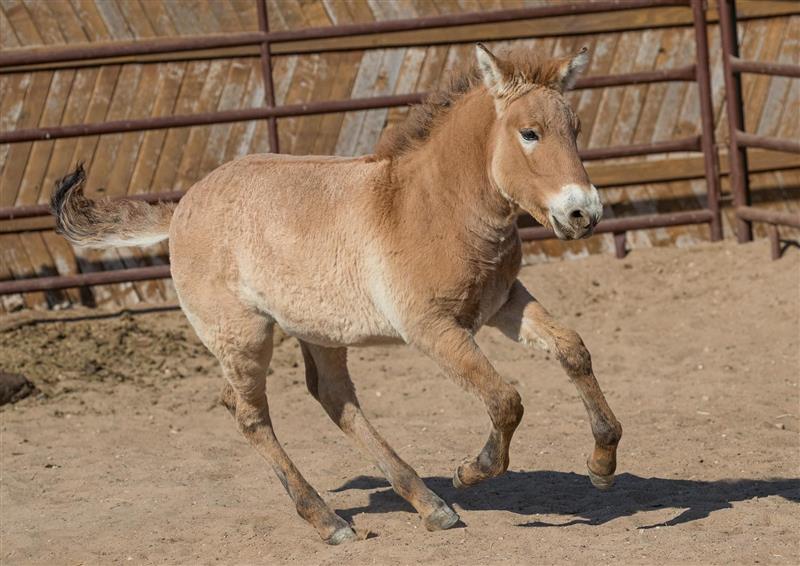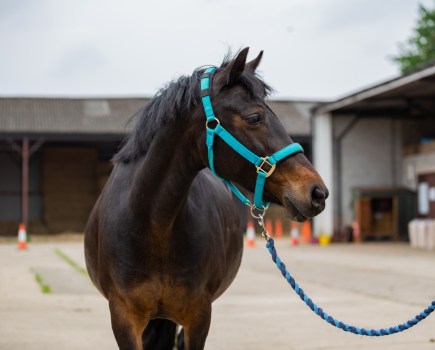A Przewalski’s clone is considered to be key to the survival of his species after being born at an American zoo last August.
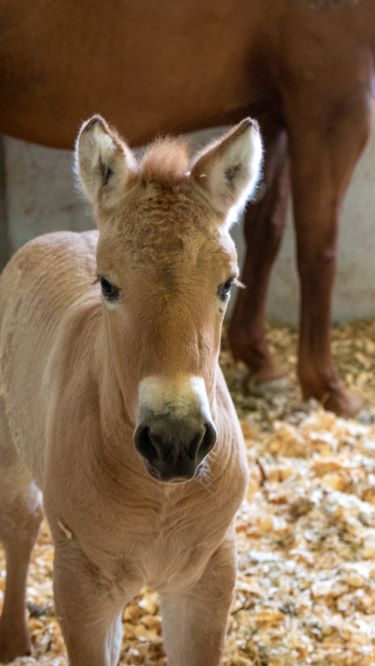
Kurt was born 10 months ago. Photo credit: Scott Stine
The Przewalski breed is considered to be the last truly wild horse species. The foal, named Kurt, is now 10 months old and is a clone of a UK-born stallion born in 1975.
The stallion was transferred to America in 1978, where a sample of his DNA was taken and stored in the San Diego Zoo Global Frozen Zoo two years later.
Kurt was born at Timber Creek Veterinary Hospital in Texas. A statement said that they hoped the clone would help restore genetic diversity into the breed population, which would otherwise be lost.
Kurt is the first clone of his breed and will be integrated into the breeding herd at San Diego Zoo Safari Park.
His cloning is a collaboration between San Diego Zoo Global, ViaGen Equine, industry leaders in the cloning and genetic preservation for pet owners and breeders, and Timber Creek Veterinary Hospital, as well as Revive & Restore, a wildlife conservation organisation that promotes the use of biotechnologies like cloning to assist in species conservation.
Recovering a species
Przewalski’s horse was once thought of as an ancestor of the domestic horse but is actually a distant cousin. They lived in the Mongolian steppe, where they roamed freely for 160,000 years, in either herds of bachelors or as a harem of mares with a single stallion.
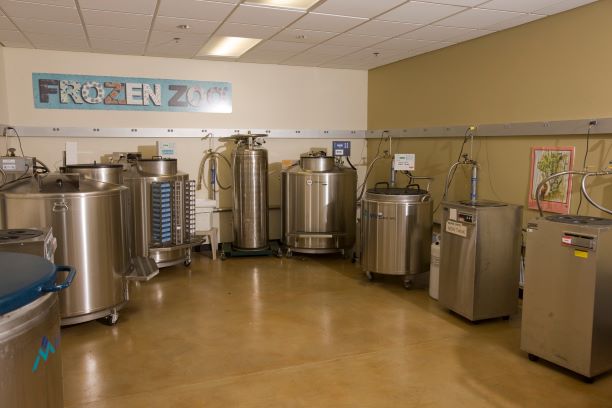
San Diego’s Frozen Zoo. Photo credit: Scott Stine
They are small, between 12hh and 14hh, with dun coats, white muzzles and dark manes.
The International Union for Conservation of Nature (IUCN) categorised the species as extinct in the wild in 1969 after their numbers plummeted due to hunting, loss of habitat and breeding with other wild horses.
The breed’s survival was ensured by 12 individuals who starting breeding them in captivity after capturing them before World War II started. This small breeding pool limited genetic diversity, and programmes were set up to increase exchanges of individuals between zoos to reduce inbreeding.
Intensive breeding programmes recovered captive numbers to nearly 1,500 individuals by the 1990s.
The Przewalski’s future
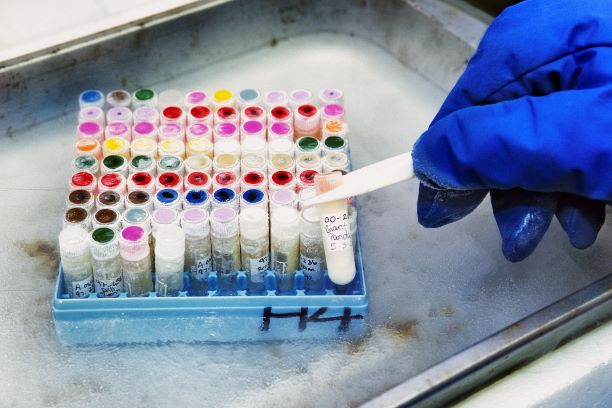
Samples from San Diego’s Frozen Zoo. Photo credit: Scott Stine
Przewalski’s reside in zoos all over the world, as well as in enclosed reserves in England, France, Holland, Hungary, Ukraine and Uzbekistan.
Reintroduction to Mongolia began during the 1990s with herds being released at two different sites. A third site was used in 2005.
This has been considered successful, as the population has increased without human interference. Despite this, establishing genetic variation is important to ensure the species’ future.
Following these conservation efforts, Przewalski’s horse was reclassified as critically endangered in 2008, and then to endangered in 2011, as per the IUCN red list of threatened species.

